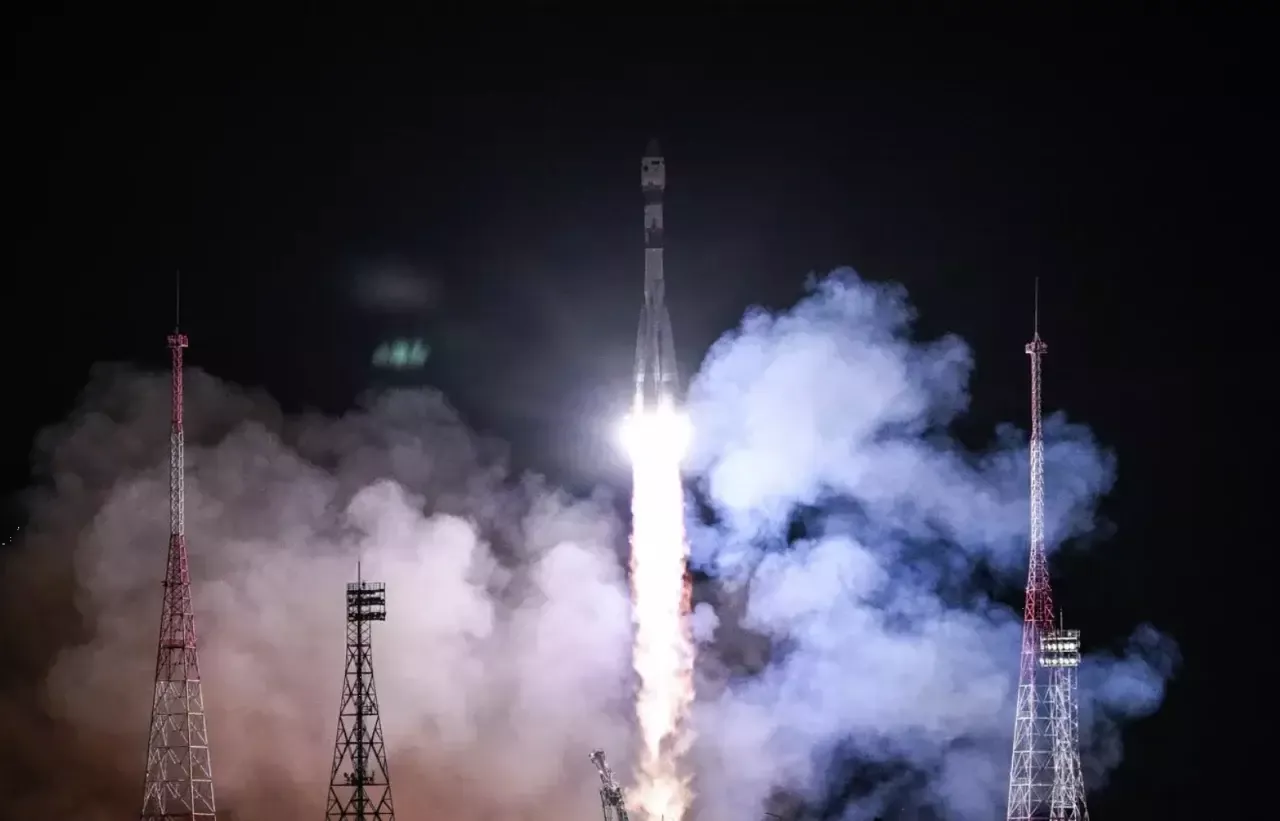
The "Bion-M" satellite, developed by Russian scientists, has carried out interesting scientific research in space during its new mission. This was reported by Zamin.uz.
On board, there are 75 mice and over 1500 flies. The satellite was launched into orbit by the "Soyuz-2.1b" rocket and reached space orbit in just 9 minutes and 23 seconds.
This result provided good information about high technologies and the rocket's stability. Scientists aim to study the effects of cosmic radiation and Earth's geomagnetic field on living organisms using the mice and flies aboard the "Bion-M" No. 2 satellite.
These studies provide important data for human long-term space travel. The satellite will remain in orbit for 30 days, conducting continuous monitoring and scientific observations.
"Bion-M" No. 2 was created as a hermetic device, equipped with modern scientific instruments both inside and outside. Inside, besides mice and flies, there are medicinal plants, various seeds, algae, microorganisms, as well as human and animal stem cells.
These biological objects allow researchers to determine how they respond to various effects in the space environment. According to historical data, from 1973 to 1996, a total of 11 "Bion" satellites were launched into space.
On board them were monkeys, mice, hedgehogs, guppy fish, various insects, and unicellular organisms. The data obtained from these missions form the basis of the modern "Bion-M" project.
Currently, with the launch of "Bion-M" No. 2 into orbit, broader and more complex scientific research has begun. Scientists aim to study in detail the reactions of organisms in space through this mission and achieve new scientific discoveries.
This provides important and interesting information not only for the field of science but also for everyone interested in space.







